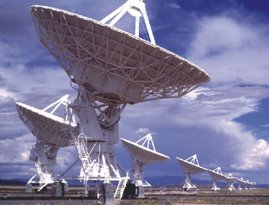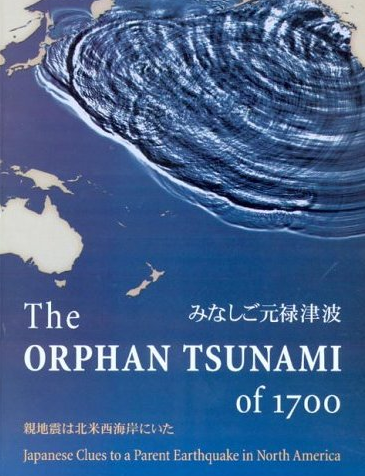Let's go back to whaling in 19th century; at that time the main problem related to killing whales was finding one. Once it was found, killing it and making whale oil out of it was a relatively quick process. In the case of crude oil, instead, the length of delay between discovering a field and getting oil out of it often amounts to several years. But, the main point is discovery: once a field is discovered, it will be put into production at some point--that's almost automatic. So, prospecting for oil is the main "predation" activity, and also the most expensive one. So, the production parameter in the model is the amount of oil found , not the produced oil. At that point, you can think that a measure of the effort (the capital) placed into prospection is the number of wildcats drilled. Once we found this idea, it was bingo again. The relationship of predator to prey was there, although it was not as good as for whaling. Here are the results for the US 48 lower states (the case studied by Hubbert).
Maybe I am seeing ghosts created by my own mind, but I tend to see many things that I have done in my life in these terms. I see it even with the research grants for my lab, at the university of Florence. Despite having stepped up our efforts, we are getting less and less money to run the lab. "Peak grants" has taken place a few years ago and my lab is being destroyed by the same mechanism that, long ago, brought down the Roman Empire.
1. There exists a non renewable or slowly renewable resource which is limited in amount and "graded" in costs of extraction/production.
2. People will extract/produce first the low cost resource and will re-invest an approximately constant fraction of their profits in more facilities for extraction/production. This is the positive feedback that generates the rapid initial growth of the curve
3. As the resource is consumed, increasing costs of production reduce profits and - as a consequence - investments in extraction/production. This is the negative feedback that generates the decline.


No comments:
Post a Comment